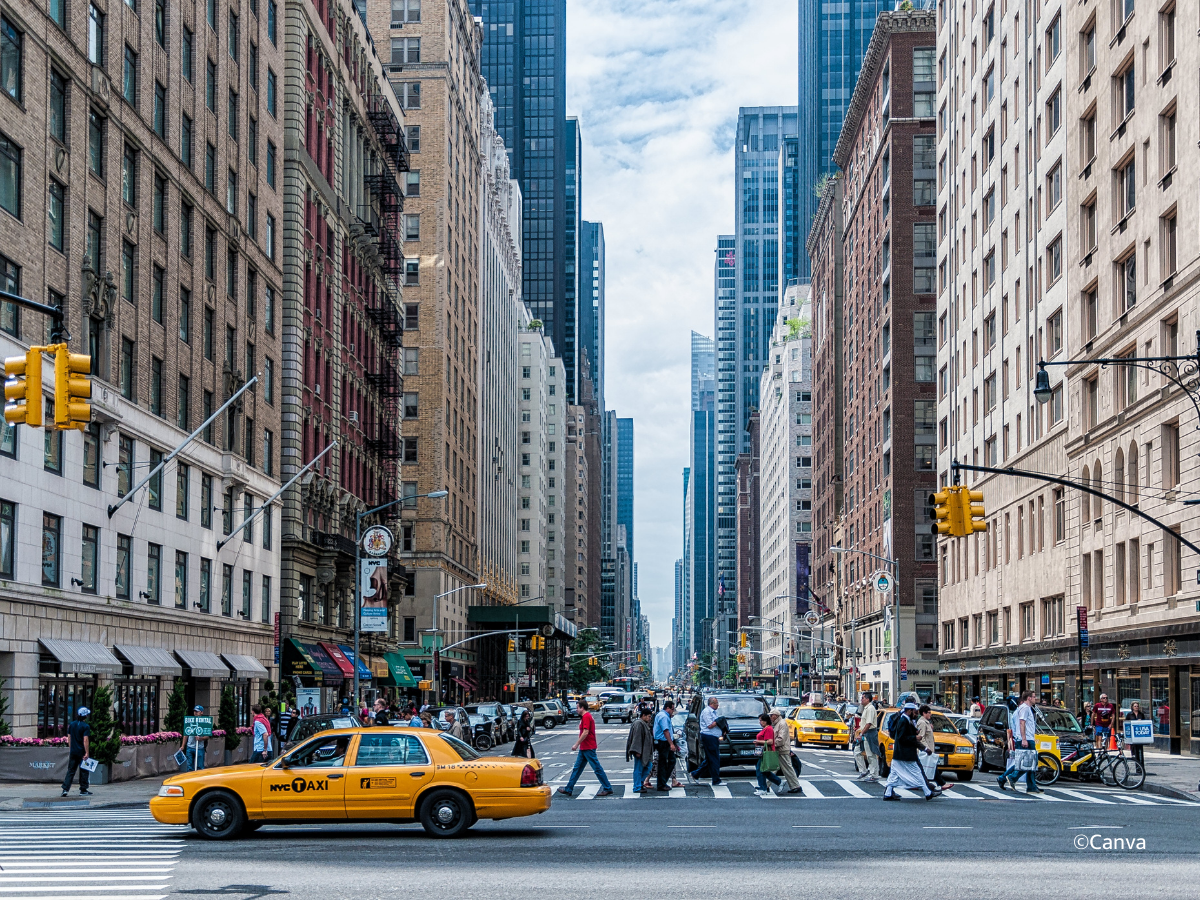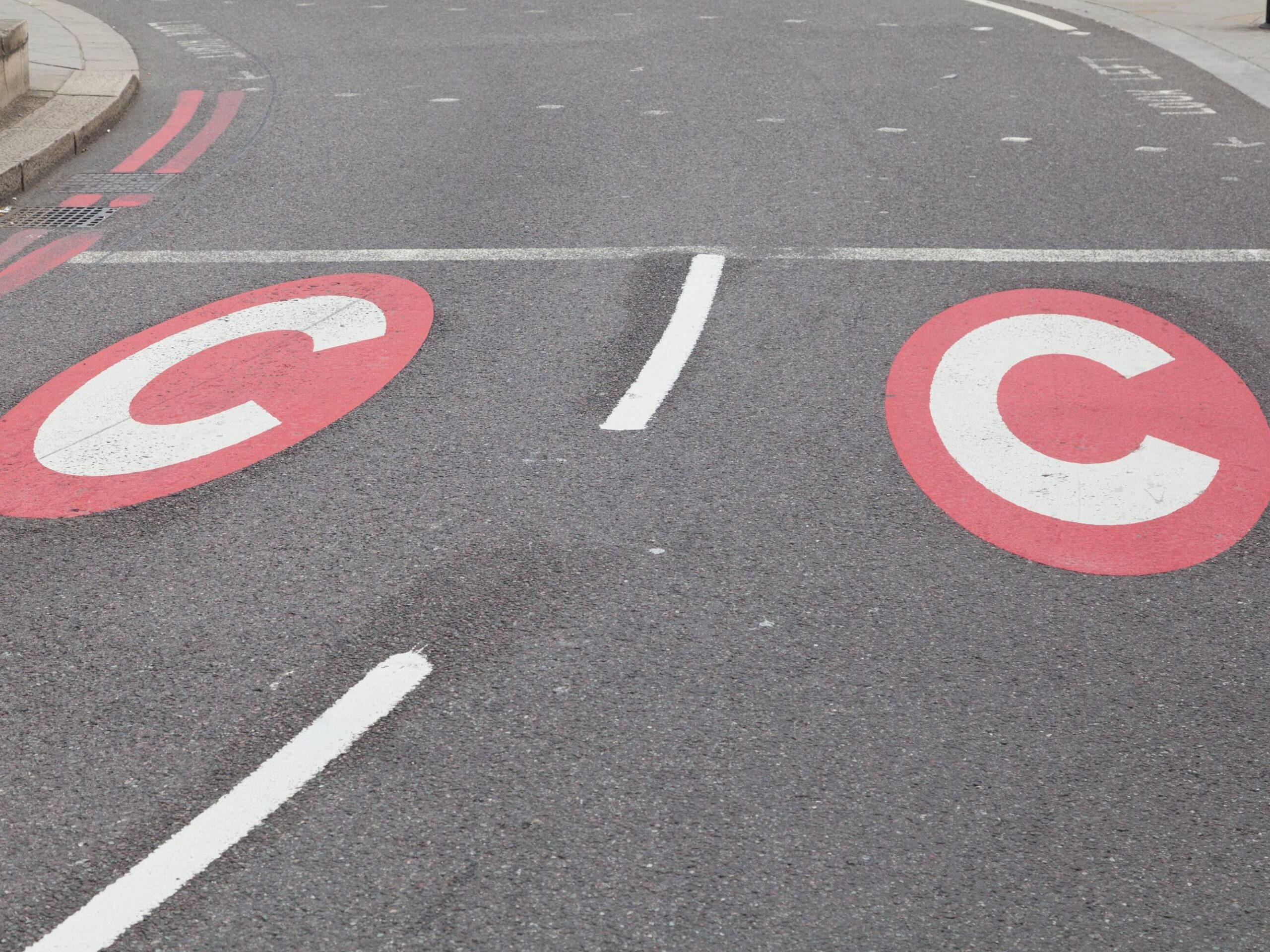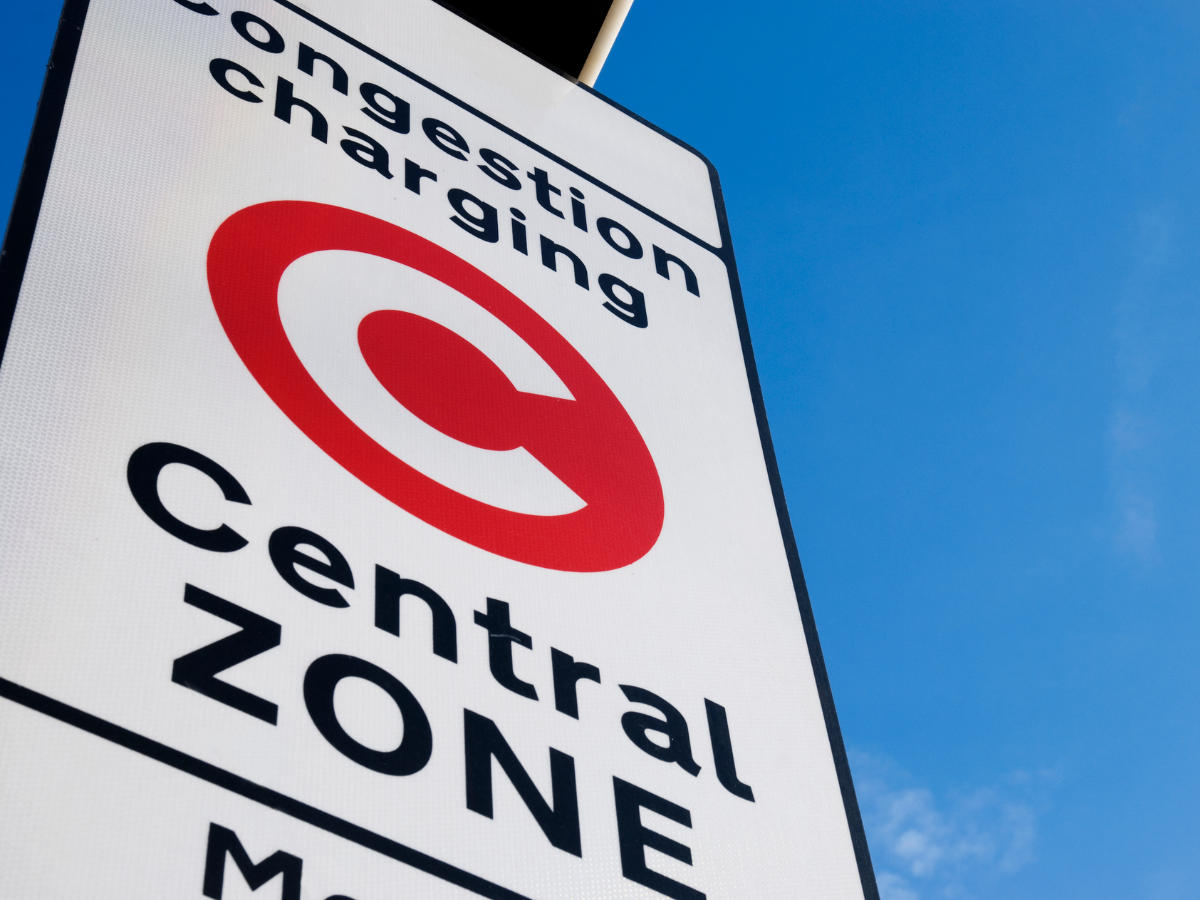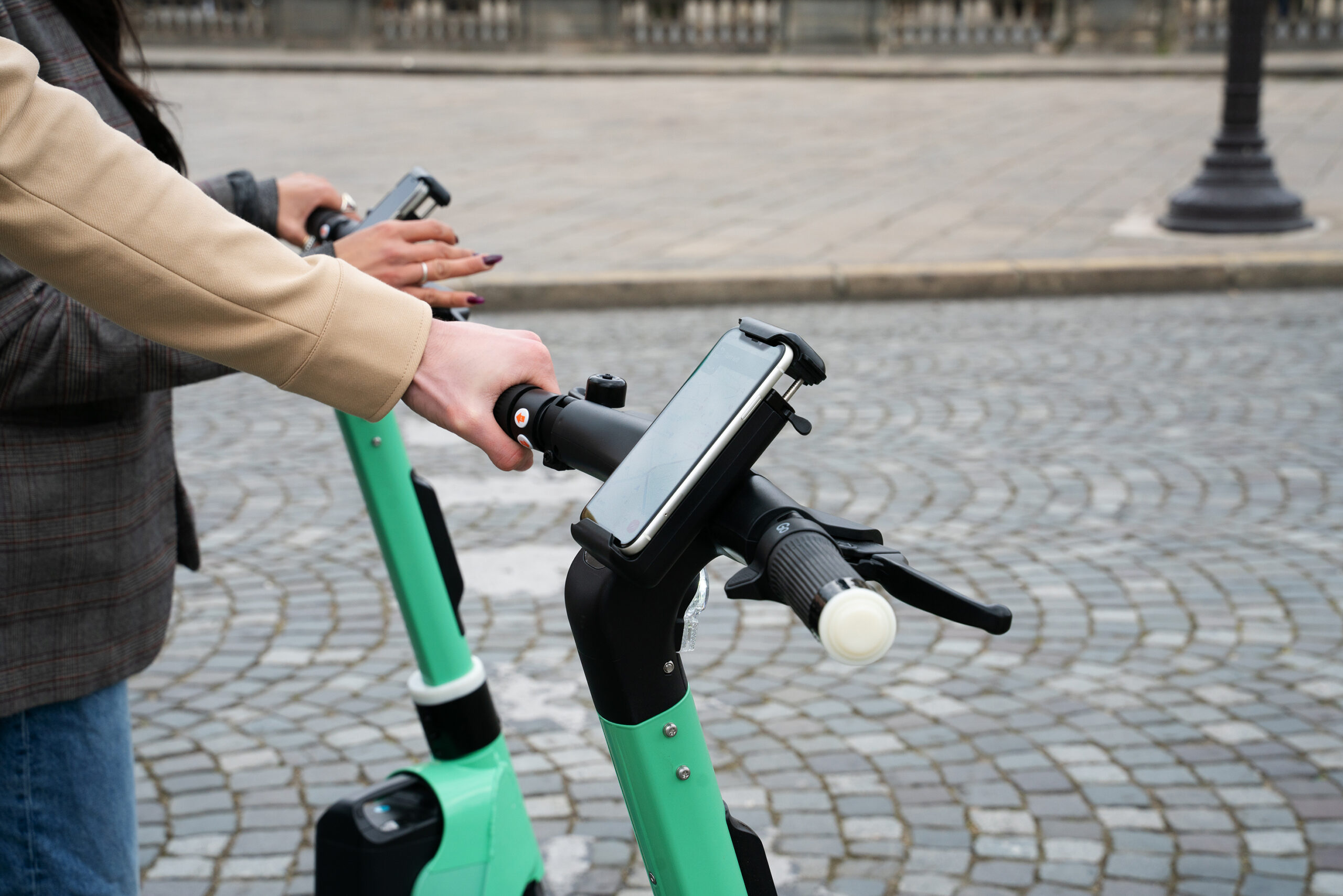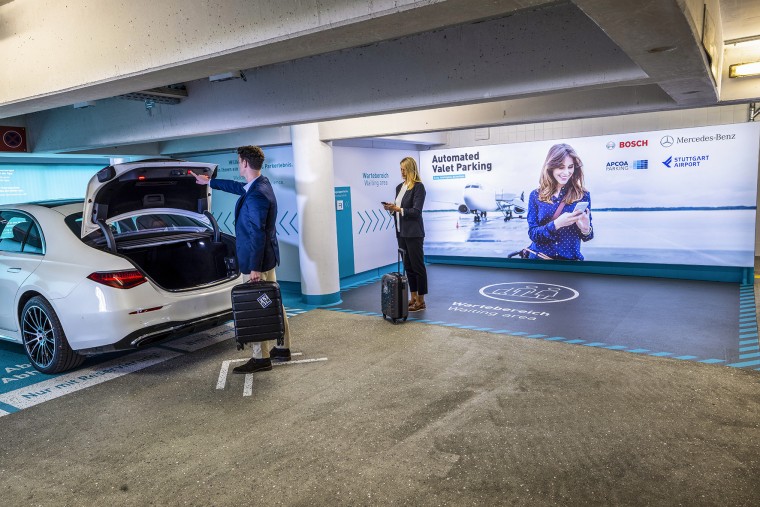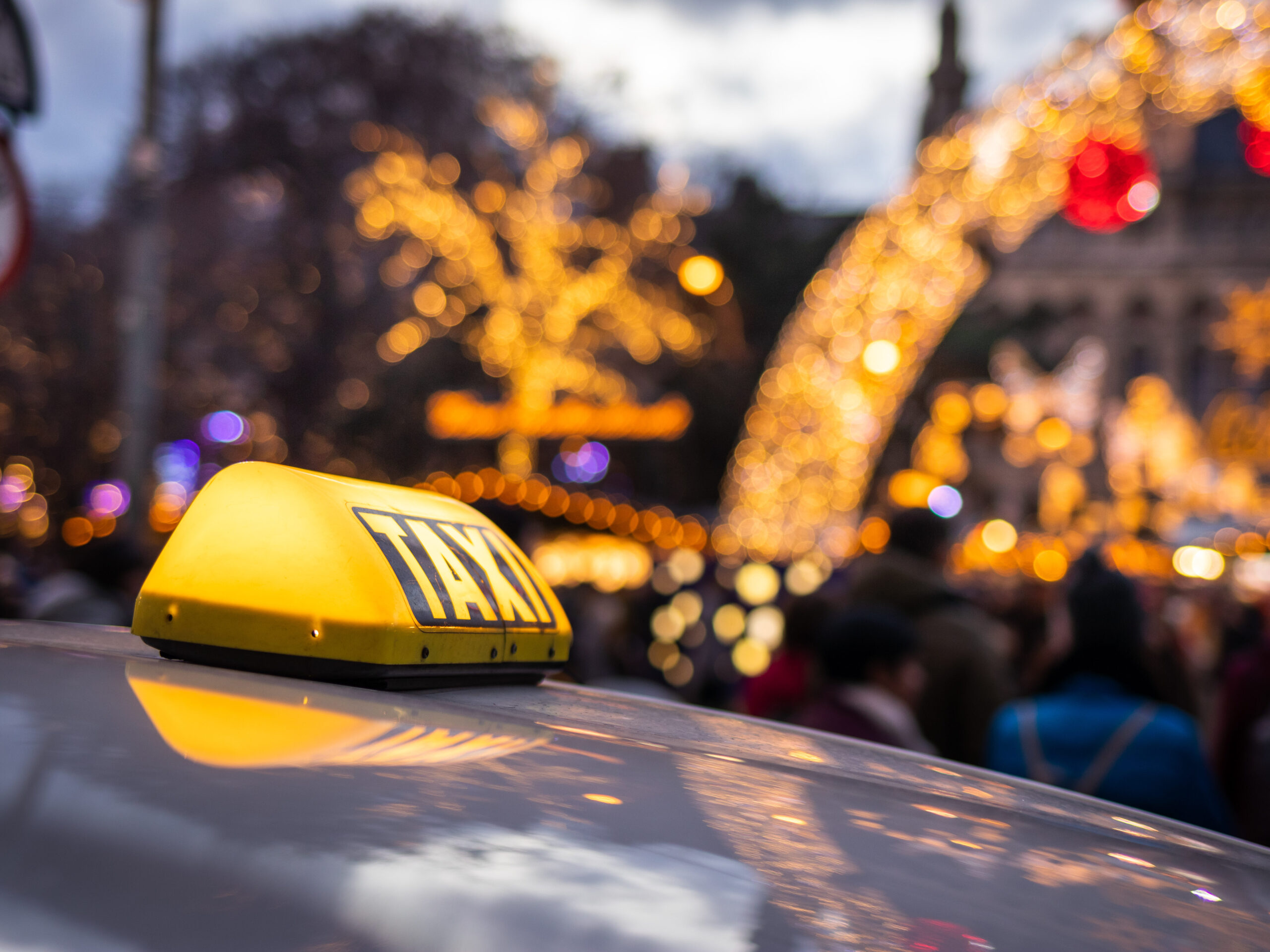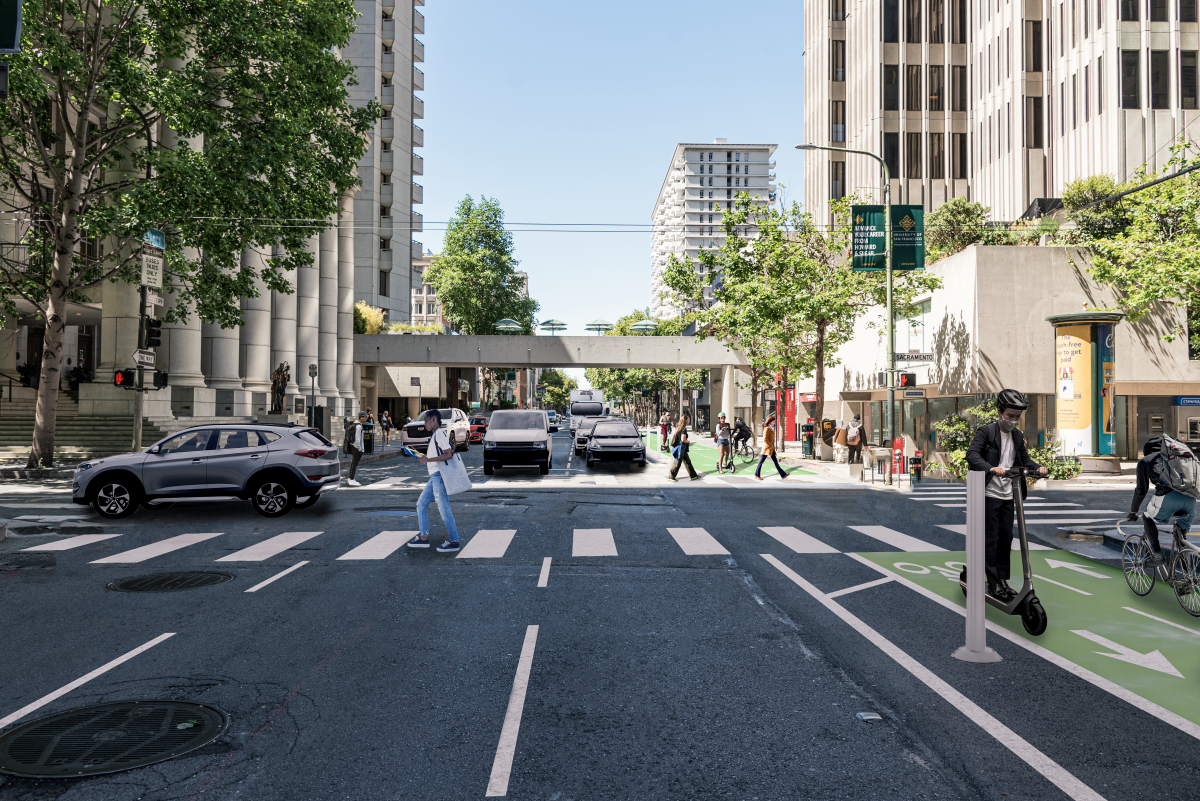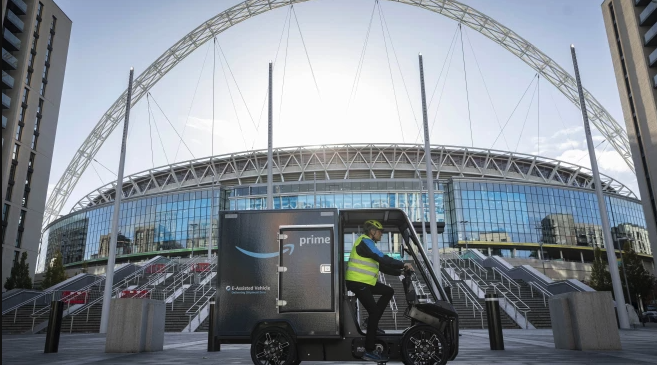The San Francisco Municipal Transportation Agency (SFMTA) has approved the continuation of the Slow Streets programme to encourage people to use active transportation.
Slow Streets are roadways that limit vehicle speeds to prioritise people walking, biking and scooting to ensure everyone travels slowly and safely. They are marked by purple Slow Streets signs and roadway markings, along with features like speed humps.
These streets aim to create safe corridors for people who prefer not to drive, while preserving parallel streets for motor vehicles.

Slow Streets were initially introduced as an emergency response to the COVID-19 pandemic to create safe, socially-distanced streets across San Francisco. However, it has since become evident that Slow Streets brought greater benefits and encouraged people to shift their lifestyles away from using cars.
Beyond the initial pandemic response, Slow Streets proved critical to meeting San Francisco’s Vision Zero and Climate Action goals. Active transportation is a key factor in meeting the city’s goal of shifting 80 percent of trips to low-carbon by 2030. It is thus crucial to ensure that active travel is safe and accessible for all people.
In response to these benefits, the SFMTA Board of Directors met on 6 December to approve the continuation and expansion of the Slow Streets programme.
The Board has initially approved 16 corridors, but the programme is expected to expand further to meet community needs and contribute to a growing network of streets that are safe and welcoming.



